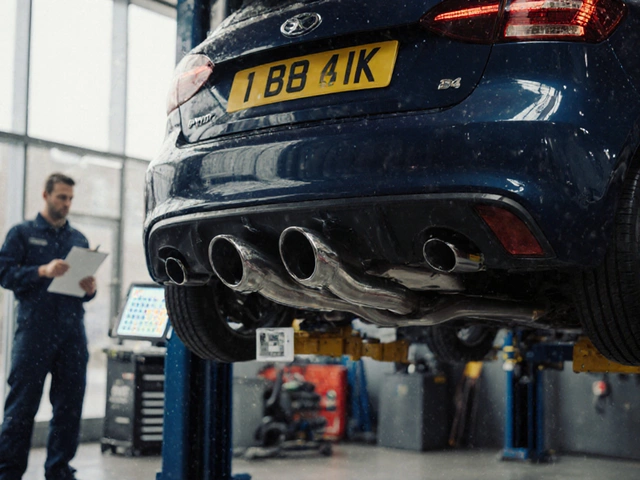Vehicle Troubleshooting Made Simple
Got a weird noise, a shaking wheel, or a warning light you don’t understand? You’re not alone. Most drivers face a mystery car issue at least once a year. The good news? You can often figure out what’s wrong before calling a garage. This guide walks you through the basics of vehicle troubleshooting so you can make smarter decisions and avoid unnecessary bills.
Identify the Problem Quickly
First thing’s first – listen and feel. Your car talks to you through sounds, smells, and performance changes. A high‑pitched squeal when you brake? That’s usually worn pads or a rotor that needs checking. A low rumble from the front while turning? Look at the suspension or steering joints. If the check‑engine light flashes, stop driving right away; it could mean a serious engine misfire.
Write down exactly when the symptom appears. Does it happen only when the engine is cold? Only after a long drive? Noting the conditions narrows down the culprits. For example, a fuel‑pump issue often shows up as a slow start when the tank is low, while a bad spark plug will make the engine stumble after it warms up.
Next, do a quick visual inspection. Open the hood and look for obvious problems: cracked hoses, loose belts, or fluid leaks. Check the tire pressure and tread; low pressure can cause handling problems that feel like suspension issues. A quick glance can save you hours of guesswork.
Simple Fixes You Can Do at Home
Once you’ve narrowed the suspect, see if a DIY fix is possible. Replacing brake pads, changing a spark plug, or topping up coolant are tasks most people can handle with basic tools. If the car is pulling to one side, cleaning the wheel alignment sensor or tightening the tie‑rod might be enough.
When it comes to filters, don’t over‑engineer. A cheap air filter works fine for most daily drivers; an expensive one rarely adds noticeable performance. However, a clogged fuel filter will cause loss of power, so swapping it out is a quick win.
If you suspect a bad battery, try a simple load test with a multimeter. A voltage reading below 12.4 V when the engine is off usually means the battery’s tired. Replacing it yourself can save the shop’s labor fee.
Should the issue involve the suspension, check for bent components or leaking shock absorbers. A visible oil stain on a shock is a clear sign it needs replacement. While you can replace shocks yourself, bent control arms often require professional alignment after the fix.
Don’t forget the basics: tighten loose bolts, replace worn wiper blades, and keep fluids topped up. Small maintenance steps prevent bigger problems down the road and keep your car running smoothly.
If you’ve tried the easy fixes and the problem persists, it’s time to get a professional diagnosis. Bring your notes and what you’ve inspected – that helps the mechanic pinpoint the issue faster and may lower the labor cost.
Vehicle troubleshooting doesn’t have to be scary. By listening, observing, and tackling simple repairs, you’ll save money and feel more confident behind the wheel. Keep this guide handy, and the next time your car acts up, you’ll know exactly where to start.
 14 March 2025
14 March 2025
How to Check Your Fuel Pump
Fuel pumps are crucial for your vehicle's performance, acting as the heart of the fuel system. If your car isn’t starting or you’re experiencing a rough ride, it might be time to check the fuel pump. Learn practical tips and steps to diagnose fuel pump issues before they lead to costly repairs. Checking a fuel pump doesn't require a fancy toolkit, just some essential know-how. This article dives into straightforward methods for testing and troubleshooting your vehicle's fuel pump.






0